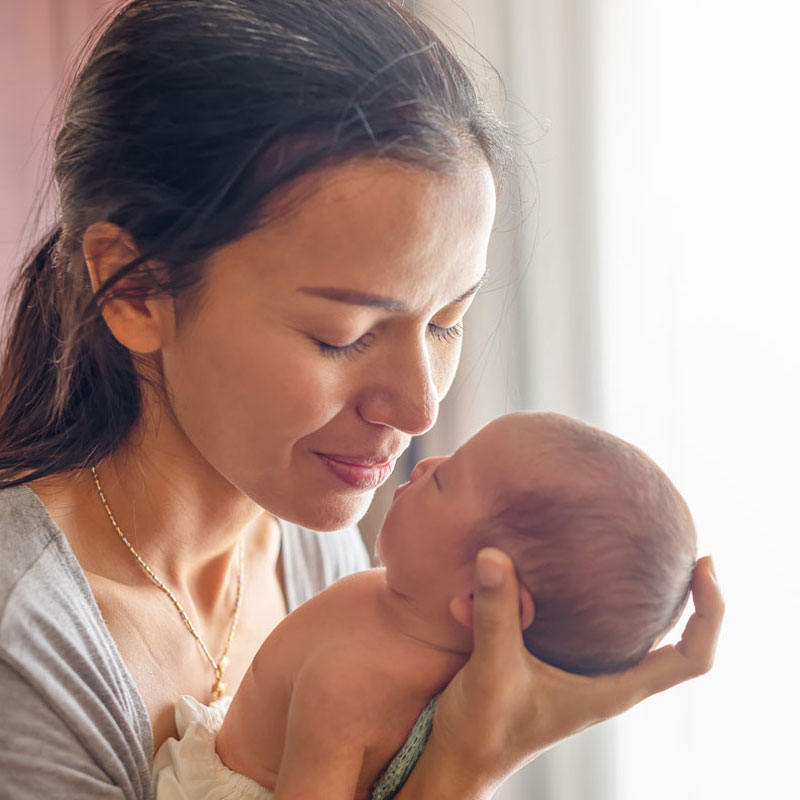Feeding
Once a baby is able to breathe on their own, the next hurdle is to introduce feeding.
Post birth and until surgery, your baby cannot feed – instead your baby receives vital nutrients via a Total Parental Nutrition (TPN) tube. After surgery, your baby is monitored to see when it is appropriate to introduce feeding – usually once the intestines appear to be ready. Once ready, a tube via mouth or nose will be inserted that leads directly to the baby’s stomach. It is through this tube that breast milk or formula can be given to the baby. This feeding tube is necessary while the baby requires respiratory support or if they are having trouble feeding orally.
Again, each baby is different. Feeding can be a difficult process for some babies; it can be very tiring for them and patience is required. Breastfeeding, bottle feeding with expressed breast milk, formula or feeding tube are all ways for your baby to get the vital nutrients they require. Hospitals will have staff to assist parents with the feeding process.
In many cases, breastfeeding is possible if the mother is able to, and chooses to do so. After giving birth, midwives at the birth hospital should assist in teaching mothers how to express milk from the breasts by hand and by machine. Hospitals should be able to supply mothers with the equipment they will need for this, but it may be worth looking into hiring or purchasing a breast pump if you are wanting to breastfeed or provide expressed breast milk. If you would like to breastfeed or use breast milk, it is important to keep milk supply up by regularly expressing milk. Please talk to a lactation consultant or midwife at the hospital about this. It is important to remember all women are different and breastfeeding is not always viable or the right option for every mother.
Download: Feeding your child with CDH





